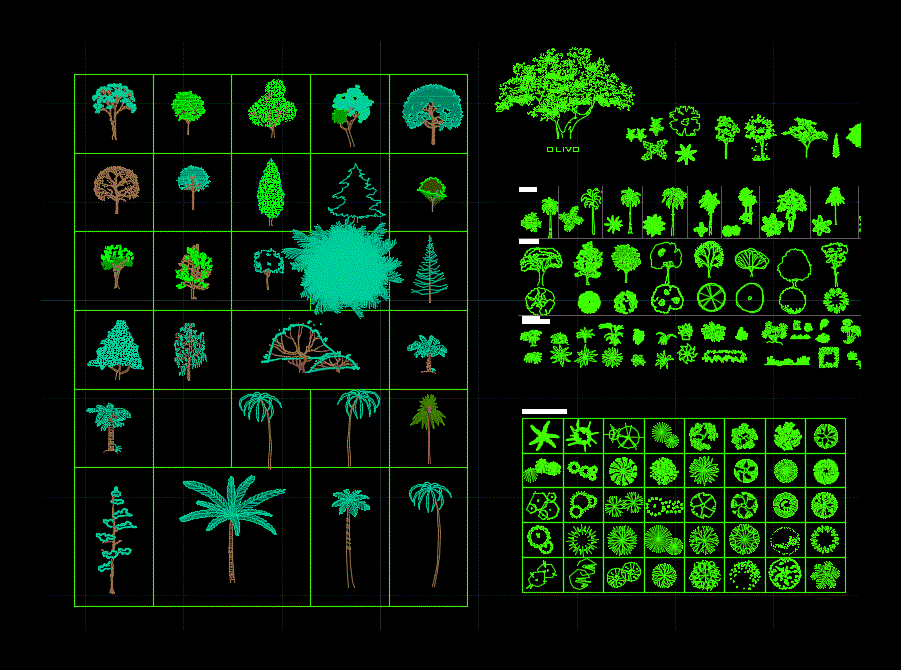
- #LINUX FILE SYSTEMS FOR WINDOWS INSTALL#
- #LINUX FILE SYSTEMS FOR WINDOWS DRIVERS#
- #LINUX FILE SYSTEMS FOR WINDOWS SOFTWARE#
- #LINUX FILE SYSTEMS FOR WINDOWS WINDOWS#
A Linux file system has multiple copies of the superblock physically saved on the disk. On Linux, the equivalent on most filesystems is the superblock. AOMEI Partition Assistant supports you to format a partition to ext2/3/4. Note: Ext2, ext3, and ext4 are 3 kinds of file systems for Linux operating systems. View the operation information, and click Proceed to start conversion. It supports huge individual file size (up to 16TB) and overall file system size (up to 1EB). Ext4 the primary file system for Linux OS. The journaling feature allows minimizing chances of file system corruption.
#LINUX FILE SYSTEMS FOR WINDOWS WINDOWS#
Each Windows file system has a File Allocation Table that states which disk blocks hold the topmost directory. Select the partition you want to change its file system, and click Next. a journaled file system that has a dedicated area, where all changes are tracked. Unlike Ext2fs, it doesn’t do this through Windows Explorer, but through its own file manager. Linux also has msdos and vfat file systems for compatibility with Windows. It lets you access files from the most common Linux file systems. Make sure you back up any critical data first and use only the most recent, 0.69 release of Ext2Fsd.Īs an alternative, we recommend DiskInternals Linux Reader. It’s still an option if you need write access to your Linux drive, but given the risks, it isn’t our main recommendation if you have a 64-bit Ext4 Linux partition. The site for Ext2Fsd has gone down, and it’s unclear whether Ext2Fsd 0.69 fixed this bug. Unfortunately, Ext2Fsd hasn’t been updated since 2017, and the penultimate release, 0.68, had a “ critical bug” that could corrupt your data on Ext4 drives with 64-bit mode enabled. For many years, Ext2Fsd has been the go-to option, allowing you to read and write to your Linux file systems within Windows itself.
#LINUX FILE SYSTEMS FOR WINDOWS SOFTWARE#
There are several software options for Windows users looking to access their files on Linux. Vmlinuz – symbolic link to the kernel file used at boot.Choosing The Right Software for Linux Partitions Var – constantly changing data is placed here. ReiserFS - alternative Linux file system designed to store huge amount of small files. Sys – Sysfs mount point used by the Linux kernel to administer your system hardware. Ext2, Ext3, Ext4 - native Linux file system.

Srv – network server configuration files go here. You can also access them directly at a \\wsl path. On Linux, BSD and MacOS there exist FUSE and OSXFUSE (fork of now-inactive MacFUSE) respectively. To avoid writing your own driver, you can use user-mode file system toolkit.
#LINUX FILE SYSTEMS FOR WINDOWS DRIVERS#
The reason is that architecture of drivers is different in Unix-like OS and in Windows. This will launch File Explorer showing the current Linux directory you can browse the Linux environment’s file system from there. Implementing a virtual file system is very OS-specific. Sbin – administration programs are stored here. From within the Windows Subsystem for Linux environment you want to browse, run the following command: explorer.exe. Proc – contains data about your system and current status. Opt – optional additional software that is not a vital part of the system. Mnt – temporarily mounted external filesystems are located here. After the Linux Reader detects all partitions on your hard drive, navigate to the Ext4 partition from the list of drives.
#LINUX FILE SYSTEMS FOR WINDOWS INSTALL#
Install DiskInternals Linux Reader on your Windows PC and launch it to enter the main interface. Media – directories that represent storage devices are found here. Different from Ext2Fsd, this program allows you to read Linux drive on Windows within this application. Lost+found – where salvaged files get saved upon improper shutdown. Initrd.img – symbolic link to ramdisk used to boot Linux. Home – where each users personal directory and files are located. Followed by explanation of what it is commonly used for.īin – contains the vital tools necessary to diagnose, repair and or get the system running.īoot – houses the boot loader programs and configuration files.ĭevbootstrap – contains files generated during the install of Ubuntu.ĭev – contains virtual files representing the hardware on your system.Įtc – central location for configuration files. To help you better understand the generic Linux structure, each directory is listed below. Of the first things an average user needs to understand is the inner workings of the root Linux file system and Linux core directory structure. ext4tc is a file system plug-in for total commander. It can also be used to view and copy disk and file. VFAT adds the capability to use long filenames under the MSDOS file system. It can be used to view and copy files and folders. is an extended DOS file system used by Microsoft Windows95 and Windows NT. Once you have migrated from Windows to Linux you may notice that the file system is not what your accustomed to. Ext2Read is an explorer like utility to explore ext2/ext3/ext4 files.


 0 kommentar(er)
0 kommentar(er)
